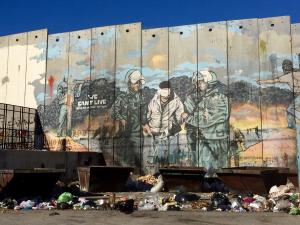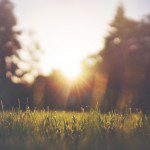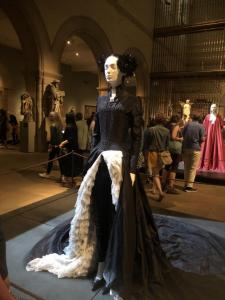One of the people we met on this trip told us: “The two most dangerous things to lose are hope and fear.” Our next experience painted that truth in living color.
 This is going to be a hard post to read; it was hard to write. Monday afternoon we paid a visit to the Aida Refugee Camp, a Palestinian Refugee Camp in the West Bank. Established in 1950, about 3500 people live in a very small space with no privacy, no safe housing infrastructure, limited access to the outside world, very little public sanitation, and rare spaces for recreation. We met in a small community center, the only one of its kind, a place that serves as wedding reception hall and children’s library—though there were only about 15 books on the shelves.
This is going to be a hard post to read; it was hard to write. Monday afternoon we paid a visit to the Aida Refugee Camp, a Palestinian Refugee Camp in the West Bank. Established in 1950, about 3500 people live in a very small space with no privacy, no safe housing infrastructure, limited access to the outside world, very little public sanitation, and rare spaces for recreation. We met in a small community center, the only one of its kind, a place that serves as wedding reception hall and children’s library—though there were only about 15 books on the shelves.
Children mostly play in the streets of Aida.
During the 1948 war, most of the residents of Aida (or now their parents and grandparents) fled or were driven from their homes. Before they left they locked up their houses and took their keys with them, assuming they would return as soon as it was safe. Three generations later, they still live in squalor in the Aida Refugee Camp, their tents turned into hastily built and overly crowded housing. They keep the keys to their homes as reminders of what they have lost and as hope for a future they feel is increasingly dim. “The key” has become a symbol of the cause for which they fight.
 And fight they do. The guide giving us a tour of the camp had obvious political bias, but the conditions in which the people in Aida are living cannot be denied. Refugees in Aida live with at least 30% unemployment, and since the security wall was built in 2003 the geographic space of the camp has decreased to .o4 square miles. Most of the residents of Aida cannot cross the wall to work in Israel, and if they can, the process is intensely time-consuming and nonsustainable. “We are bored because we are closed in. We keep our lives going by depending on ourselves. We cannot cross this wall.”
And fight they do. The guide giving us a tour of the camp had obvious political bias, but the conditions in which the people in Aida are living cannot be denied. Refugees in Aida live with at least 30% unemployment, and since the security wall was built in 2003 the geographic space of the camp has decreased to .o4 square miles. Most of the residents of Aida cannot cross the wall to work in Israel, and if they can, the process is intensely time-consuming and nonsustainable. “We are bored because we are closed in. We keep our lives going by depending on ourselves. We cannot cross this wall.”
It is also obvious that violence marks the daily lives of people who live in Aida. There are memorials painted on walls and posters of friends and relatives killed. The buildings are covered in bullet holes and Aida holds
are memorials painted on walls and posters of friends and relatives killed. The buildings are covered in bullet holes and Aida holds  the dubious honor of being the “most gassed” refugee camp in the West Bank. Children in the streets are children we see on television throwing rocks at Israeli soldiers. They were born into violence and they don’t seem to have many other options.
the dubious honor of being the “most gassed” refugee camp in the West Bank. Children in the streets are children we see on television throwing rocks at Israeli soldiers. They were born into violence and they don’t seem to have many other options.
Much anti-Israeli violence has emerged from the Aida Refugee Camp, making it one of the most dangerous places on the West Bank; the Israeli army presence is obvious and strong, the air tinged with bitter animosity and the despair of a dismal future.
The refugees insist that what they want is two-fold: “We want to return to our family lands—to use our keys again. And we want peace.”
Having just learned again about the Warsaw Ghetto, where Polish Jews were corralled and contained by a wall during World War II, it was difficult to walk through Aida and not draw parallels. To the credit of the Rabbis in our group, they listened to our observations and shared them in some cases; they sat with us in the discomfort and pain and fear and messy reality of that conversation.
With all the pain and despair and fear surrounding us, at least that—the hard, hard conversations—gave me a little bit of hope.











